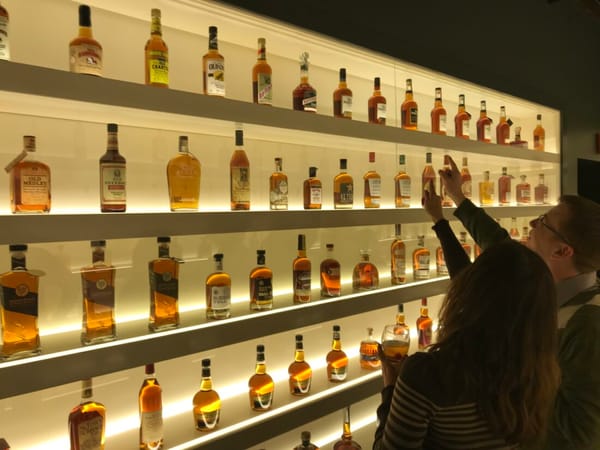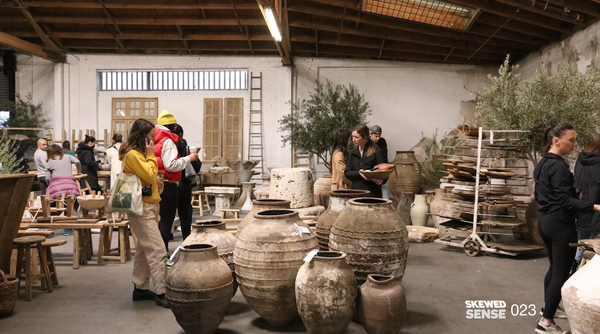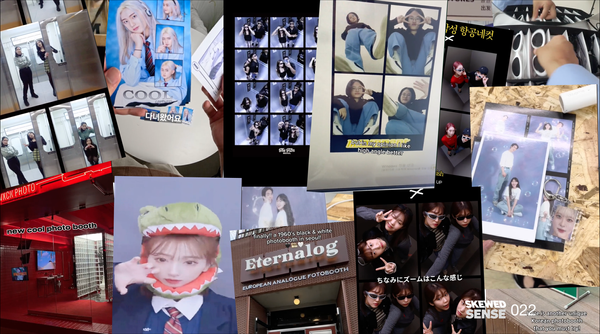016: The Fourth Wave of Bubble Tea
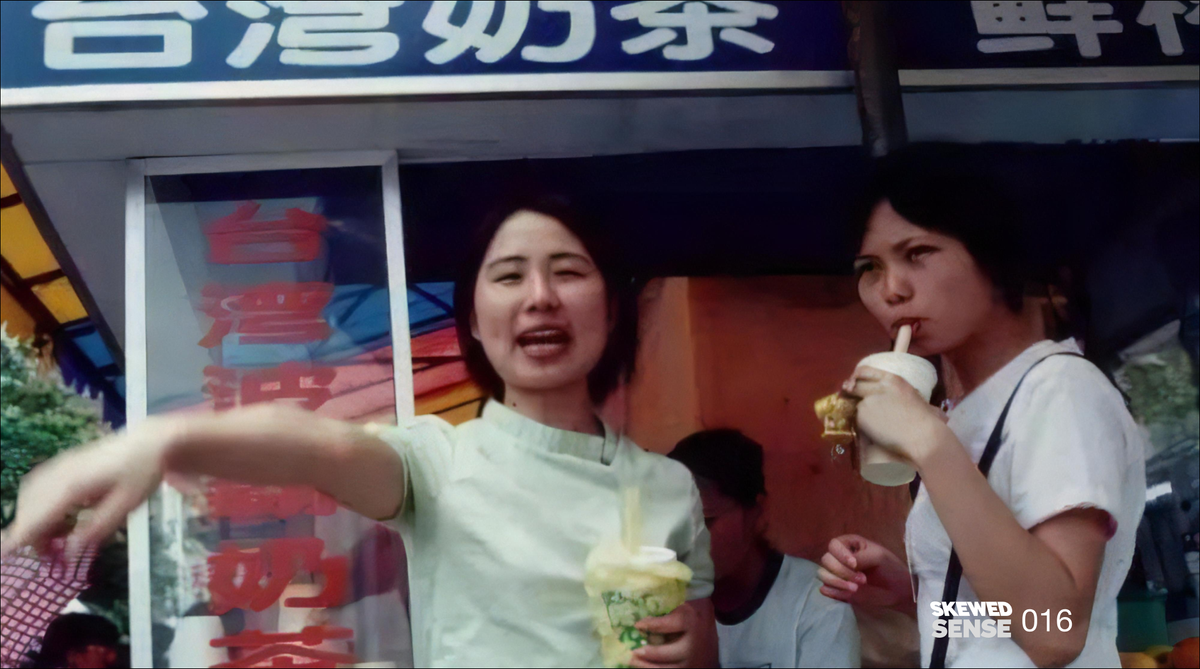
This edition is co-produced with TONG, friends of ours who provided some incredible research that forms the backbone of this newsletter.
If you've wandered around Central London lately, you'll likely have encountered queues of teenagers and students waiting patiently for bubble tea. There's a well-sized East Asian contingent, of course, but also a decently sized portion of young Western kids getting involved. This is down to the social signalling function of bubble tea. It lets us show the world that we are cosmopolitan, worldly and up-to-date.
A new era of bubble tea is emerging in China, which marks a maturation of the product. In this newsletter we get into what makes this new wave of bubble tea so different and alluring. And what this says about Chinese soft power and ambitions.
But First What is Bubble Tea?
- Bubble tea or boba is an interesting product that has a bit of a meta-history that zig zags across the world.
- What we know as bubble tea emerged in Taiwan in the 80s. Some smart person (various people claim this) thought of adding tapioca pearls or 'boba' to milk tea. The product isn't limited to boba though as it can have many ingredients instead of boba, including grass jelly, aloe vera or red bean.
- It combines the colonial milk tea influence, from the Netherlands and Britain, with the local Taiwanese and generally East Asian taste for textural contrasts with the gelatinous boba.
- Bubble tea became a hit across East and Southeast Asia in the 90s. And even started to take root in California in this period.
- Bubble tea has been a smash hit in the West in recent years. People are willing to queue for ages to get their fix of boba.
The Waves of Bubble Tea
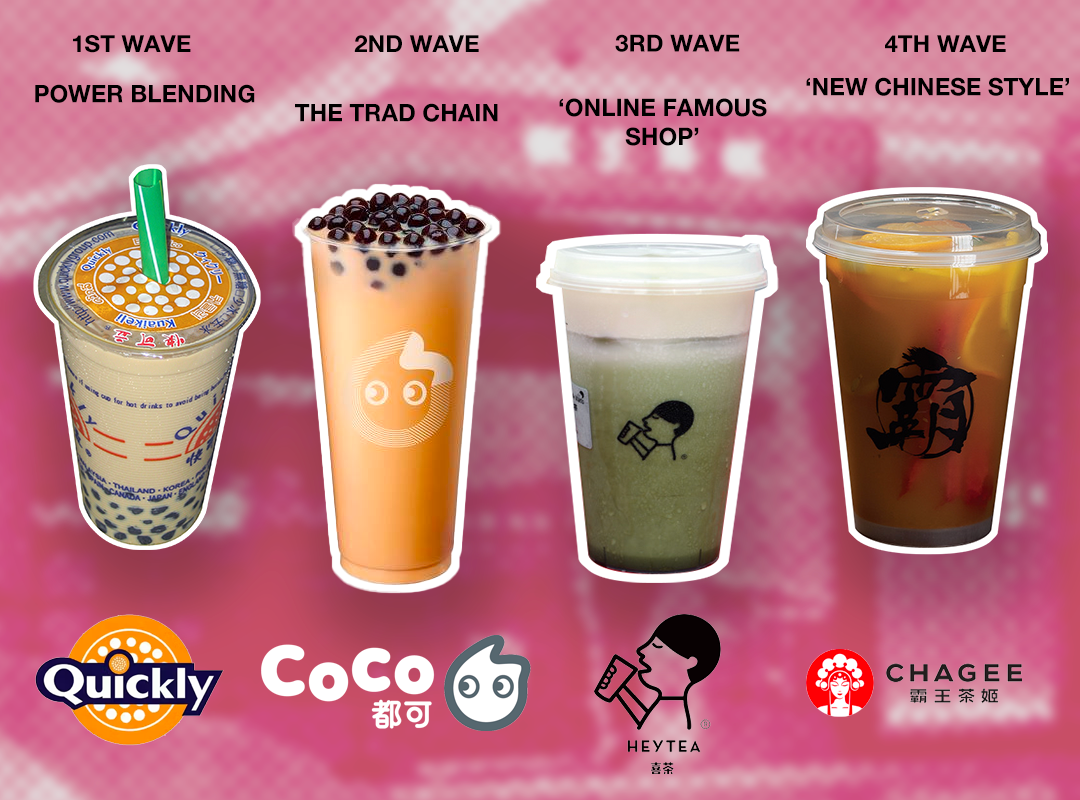
Why Now For The Fourth Wave?
- Chinese youth feel a strong sense of pride in Chinese identity and culture. This pairs with a desire for China to show up well on the global stage. This sense of Guochao (国潮) has already been covered well.
- This audience has grown up with bubble tea, it’s no longer about using primary colours and cutesiness to market it. They’re ready for a more grown-up product. People are increasingly seeking more sophisticated products, which tallies with an emphasis on the provenance of tea leaves and fresher fruit and other ingredients.
- The aesthetics are markedly different, allowing the social function of establishing difference to be performed.
Is it Exportable?
- It feels like it is only a matter of time before ‘New Chinese Style’ bubble tea arrives in places like London and New York.
- The Western market feels ready for Chinese cultural heritage to be further explored, especially amongst young people. We’ve seen an increased emphasis on Chinese restaurants that specialise in regional cuisines rather than a Westernised take on Chinese food.
- As tensions rise between the US and China, consuming items associated with China may become a social signal that you believe in a more globalised world.
- The flavour profiles are pretty compatible with Western palettes. Teas with less sugar are becoming more desirable.
- The customisation leans into a strong sense of individualism, where you can have your drink whichever way you want it, whilst still going to the tea shop with your friends.
- There’s a large enough diasporic Chinese market in global cities to support these establishments (see expansion of Hungry Panda and Fantuan).
A Parting Thought
Could bubble tea be a saviour for the dairy industry as people increasingly look to milk alternatives?
